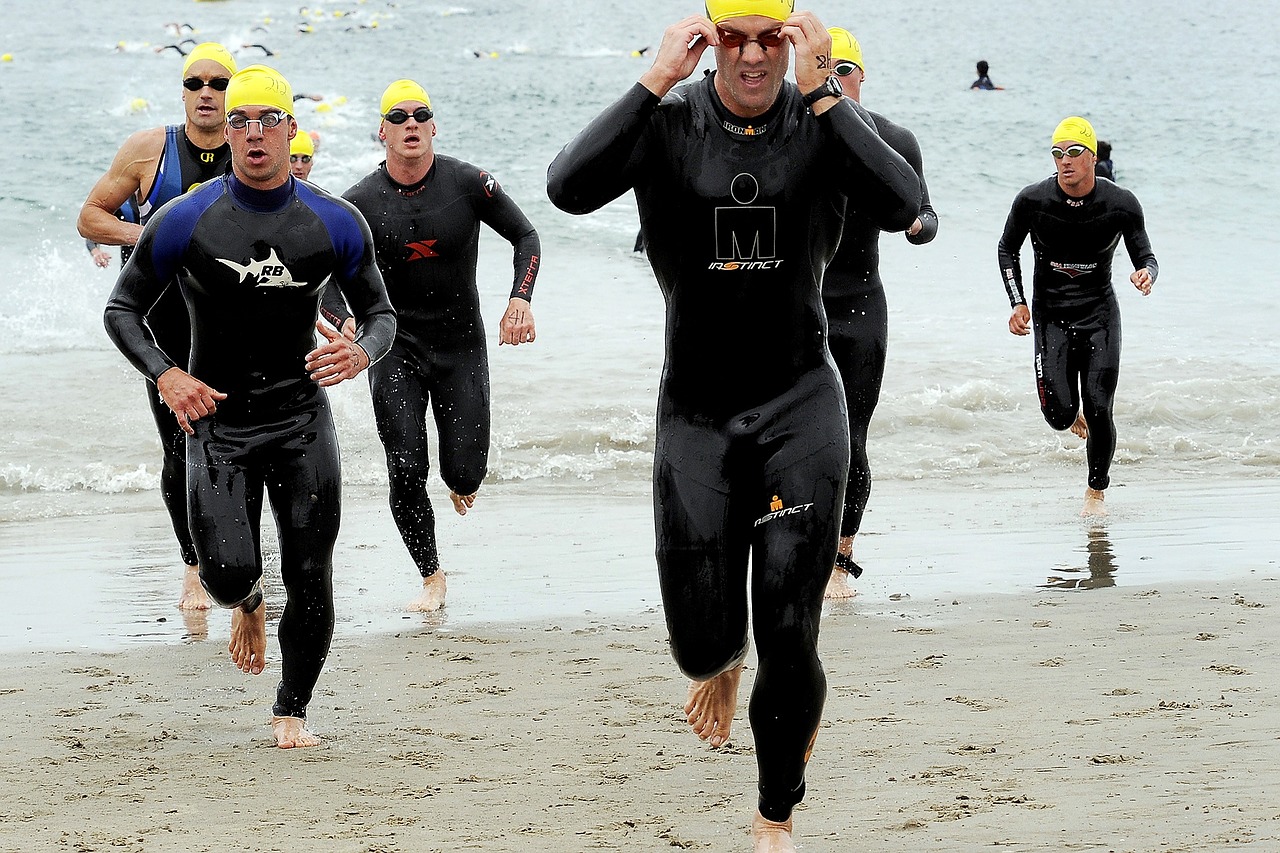Plantar Fasciitis might be a mouthful to say, but just because it’s tricky to get off the tip of your tongue, doesn’t mean it’s a difficult ailment to develop. In fact, there are over 3 million cases of the injury reported every year in the US alone.
While the condition rarely requires surgery, except in very extreme cases, it can be tricky to get rid of. Many athletes, especially runners, as well as those who have jobs that require them to walk or stand for long periods of time (probably why it’s nicknamed policeman’s heel) will develop this condition.
The good news is, while it’s tricky to get rid of completely, it is something you can self-treat. There are also several types of specialists that can help athletes employ prevention methods and treatment protocols that focus on healthy movement patterns and recovery techniques to keep Plantar Fasciitis at bay.
We talked with one of these specialists, Terri Lynn Visovatti B.S., LMT, BCTMB, RockDoc, CES, CKTP, BTS 1&2, who is a Licensed Massage Therapist & Kinesiologist/Movement Specialist, and a USAT Level 1 Certified Coach who works with many types of athletes, including triathletes and runners, to keep their bodies healthy.
What is Plantar Fasciitis?
Plantar Fastitics occurs when the ligament that connects your heel to the bones in your toes gets inflamed. This manifests as heel pain in most athletes, but can also cause pain the arch of your foot or even into your lower calf. Pain is usually the worst in the morning, and some people even report it getting better when they do the activity that hurt it in the first place (running).
Plantar Fasciitis Causes
According to Visovatti, there are many schools of thought when it comes to the treatment protocols of Plantar Fascitis, without enough emphasis on what’s causing it in the first place. “Plantar Fasciitis may not be the same in everybody,” she said. “Typically the cause relates back to posture and form. The biomechanics of the individual.”
As a movement specialist, she has worked with a wide range of athletes with the condition, as well as managed it in her own activity. “Prevention by stopping it before symptoms begin (is key),”she said. “Often we can see some warning signs in people. The way they move in activity; whether in sports or day to day activities. It’s also important to remove other irritants that may exacerbate the issue, like certain sleep patterns, how a person walks up the stairs, and even how they use their feet while driving, to name a few.”
When she’s working with athletes, Visovatti has been known to work together with their coach to help find a solution. “We often modify training plans to aid in performance recovery,” she said.
Visovatti has studied movement patterns extensively and has recently become certified as a Barefoot Strong Training Specialist. When it comes to prevention of Plantar Fascitis, she says this knowledge has been invaluable. In her training, she has discovered, “This is not about running barefoot, but more about training your feet, and your body. Training barefoot to help the foot structure and to improve upon movement awareness with how the body comes into contact with the ground. The importance of a strong foundation is tremendous. No shoe or orthotic or any special tool will ‘make’ your do something it can’t do. Just like washing your hair with a certain shampoo can’t make your thin short brown hair suddenly be thick long flowing blonde locks.”
Plantar Fasciitis Diagnosis
Visovatti says, if you think you have the symptoms of Plantar Fasciitis, the first step is to see a doctor. As a movement specialist, she does not diagnose the injuries but instead helps her clients to manage the pain, heal the injury and eliminate any contributing factors. It’s important to first determine that the injury isn’t more serious, like a tear in the plantar fascia or in the involved tendon. She recommends clients visit a sports medicine doctor or podiatrist first.
Plantar Fasciitis Treatments
Common treatment protocols, according to the Mayo Clinic for someone with PF include stretching/physical therapy, night splints and orthotics.
Visovatti agrees that these treatment protocols make sense, but says that it’s important to also consider things that may be contribution factors to the pain, and that’s where someone with her background comes in.
She elaborates by discussing some things she’s seen in her clients. “For example, stomach sleepers (and this one is also for those that have calf cramping during the night) have a natural position of the foot that is slightly plantar flexed, or pointed when not weighted,” she said. “When someone sleeps on their stomach, the mattress is pushing against the top of the foot and “holding” it in a position all night long, this makes the muscles of the lower leg ‘tight’ and they pull on the Plantar Fascia. This can also happen when sleeping on your back with the sheets pushing down.” While these types of habits aren’t necessarily the cause of the inflammation, they can be a contributing factor that makes it harder to heal from the injury.
If Your Current Treatment Isn’t Working
If you have Plantar Fasciitis that has been diagnosed by a doctor, are following your treatment plan, but aren’t seeing results, Visovatti says there’s a few things you can do to help your healing along.
First, go in for a gait assessment that specifically looks at your running form and hip alignment. A good time to do this is when you have plenty of time to make corrections to your form, not two weeks before race day. The gain assessment can help athletes identify areas where they need to work on the foundation of their performance. Some things Visovatti points out are contact with the ground, what the feet and knees are doing as well as the hips.
She also advises working with more than one type of specialist if you aren’t seeing results. Getting an assessment from a podiatrist, physical therapist, massage therapist or athletic trainer can help to move past simply treating the symptoms of the injury and identify the cause. Visovatti is quick to remind that an assessment does not replace a diagnosis and says that the issue needs to be diagnosed as well to move forward with treatment.
In her profession, Visovatti usually identifies the acute symptoms, before addressing the long-term treatment. She describes her approach “as working on the hardware before loading the software.”
“We can address the long term issues, but if someone’s in pain, then likely they will just continue faulty movement patterns, therefore creating more issues to have to work on,” she said. By starting with the localized issues (i.e.) where the pain is, and then expanding globally to see where the source of the pain is coming from, she works with her clients to stop chasing the pain and find a solution.
Specific to plantar fasciitis, Visovatti says, “If it is both feet, it is likely something in the pelvis. So we start to explore the gait, the bike fit, even swimming pattern, along with the day to day. Plantar Fasciitis is a deceleration injury, meaning how the leg “unwinds” to then come into contact with the ground (in running and walking), loads up, and then moves through a range of motion to again slow and make contact. Patterns are not as simple as just pronation and supination. There is so much more involved with this.”
Do you suffer from plantar fasciitis? Have you seen a specialist? Let us know in the comments if you’re found something that works for you.
If you have questions for our expert, you can contact Terri Lynn directly by emailing her at urbanwellnesschicago@gmail.com.




